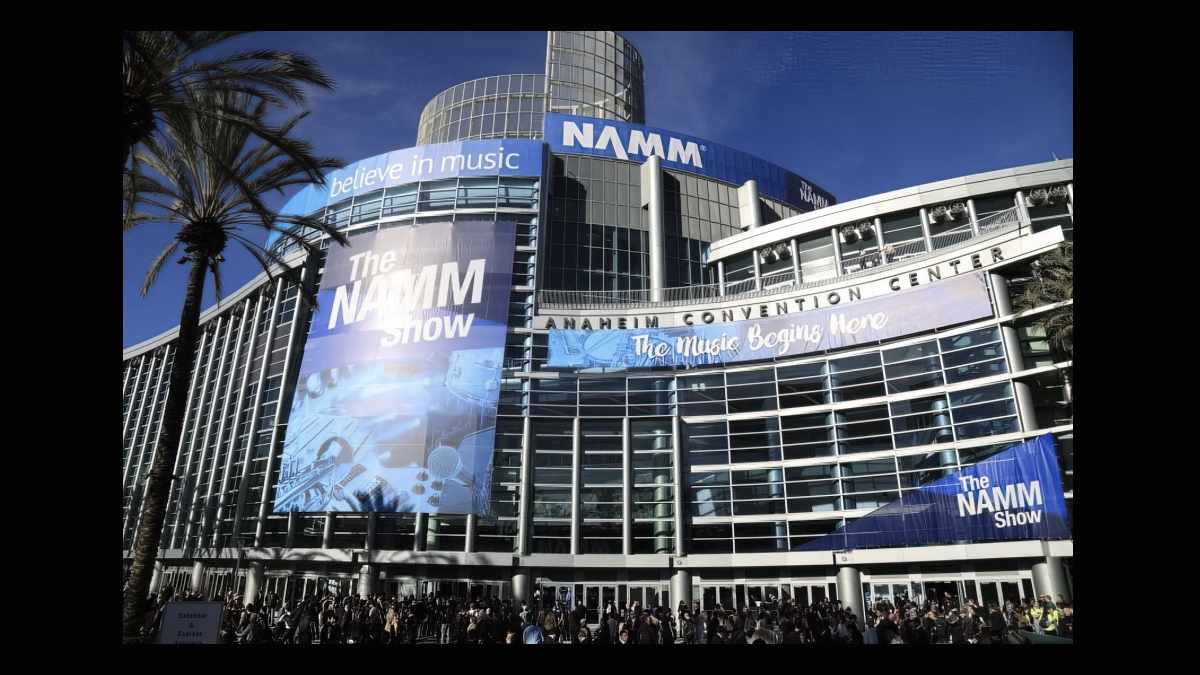Events
NAMM 2024 – Some Takeaways

A short “blog” from the show, separate from our product coverage
The NAMM Show has been where companies introduce new products for the past few decades. And this year’s show says that it still is to a point, just maybe less so because of how the Internet has changed how people learn about and buy things.
Yet it was crowded, certainly more so than last year’s pandemic-delayed show in April. While most important companies were there, some of the ones we’ve come to expect gave this show a pass.
It’s likely that they were taking the pulse and many will be back. After all, it costs a lot for companies to exhibit.
But the subtext is that it wasn’t a given that the NAMM Show would survive. That seems like a much smaller concern than it was in the past – not just because of the attendance, but because it’s clear how much people like going to the show and seeing friends and associates in person.
We’ll be covering the important product announcements separately, but here are some things that struck us.
Livestreaming can’t be ignored. A number of companies are introducing products for podcasting and other streaming endeavors. For example, Black Magic Design, developers of the DaVinci Resolve video editing software, had a big presence.
They showed their ATEM MINI (two versions),
We plan to go into it in depth, because while it’s not a MIDI sequencer, its Fairlight page is a very serious DAW. And it’s free.
But that’s the tip of the iceberg – only “iceberg” is a bad analogy.
Hey, look HERE – we’re not ignoring it either.
Hardware and software coexisting. It wasn’t all that long ago – the print era – that some musicians were almost offended when we journalists covered software. “The studio isn’t where computers belong!” they wrote (and yes, they did write).
You members of the Synth AND SOFTWARE audience will find that silly, and in fact it’s a safe bet that most of those computer-disliking musicians have long since come around. And there are always lots of software companies at NAMM shows, but – and this is no secret – hardware has been back for the past few years. More than few years, actually.
A great example of this was over at the Yamaha… well, it was almost a hall, much more than a booth – in fact the great Ellis Hall was tearing it up on their stage.
They showed their Montage M synth (a formidable and versatile synth workstation), but there’s also a new companion softsynth version of it. The idea is that you don’t need the whole keyboard with you to work in your DAW. It’s free, but unfortunately it’s only for Montage owners.
MIDI 2.0. We’ve been covering it, and at this point it’s clear that it’s coming slowly and steadily rather than overnight.
But at the MIDI Association booth there was a presentation of the new Orchestral Articulation Profile, which lets developers embed articulation information directly in the notes. So you can take notes played using one library, use them to trigger a different library or even instrument, and they’ll play the right articulations.
They identified hundreds of them, complete with variations. Very cool.
AI wasn’t everywhere. That doesn’t mean it wasn’t anywhere, and many companies use the term, if not actual AI. But we didn’t see any robots giving sales pitches.
Live is alive and everything hasn’t totally changed. The tools and instruments we have today are [insert superlatives]. But a visitor from 1999 wouldn’t feel totally out of place at NAMM.
That visitor might be impressed at how good some of the amp models are, however there are still plenty of guitars, amps, drums, and so on, to say nothing of the remarkable softsynths we have today.
Yet people do still play music. And don’t worry, synths are still popular.
One thing that has changed for live performance is in-ear monitors (which are in-ear headphones). We got to demo some very nice and very affordable Ultimate Ears in-ear monitors that draw from their high-end ones, only they come with a selection of earpieces rather than being custom-molded.
Headphones. Speakers certainly aren’t going away, but headphones are becoming much more widespread. Some of them have very sophisticated DSP to simulate rooms and speakers.
Is that because so many people now listen to music on their phones, a descendant of iPods? We all know how that turned headphones into a fashion accessory.
Immersive audio. This is anecdotal, based on conversations more than products, but it seems like surround audio (to use the old term) is more than a passing fad this time. Expect to hear more about that in your upcoming visits to this site, because even headphone approximations are becoming increasingly important.
Accessibility and music education. This came up in several conversations, but not everyone is fortunate enough to be fully able-bodied. Increasingly, designers are building in accommodations for that in their instruments.
One example is the re.corder, an inexpensive wind synthesizer that lets you play it without blowing, or you can re-program the fingerings.
MORE TO COME. Stay tuned to Synth and Software for a steady stream of product information, or better yet subscribe. It’s free and you’re supporting professional music tech journalism!



















